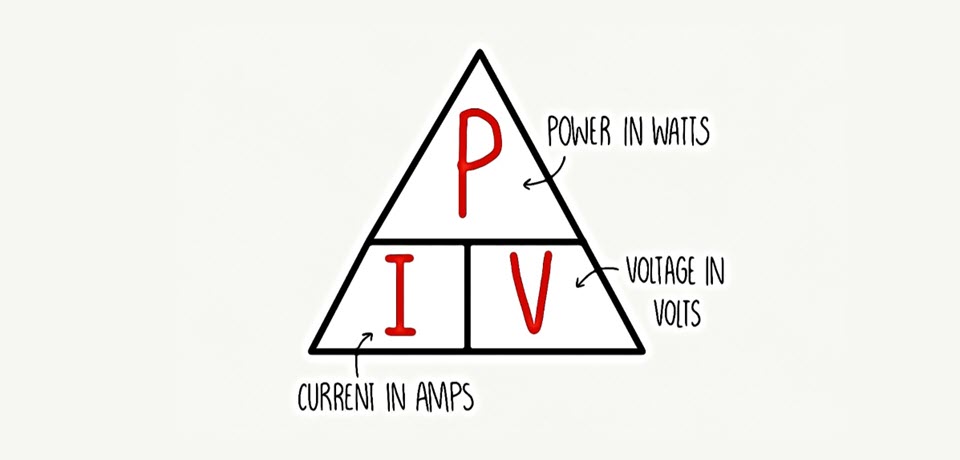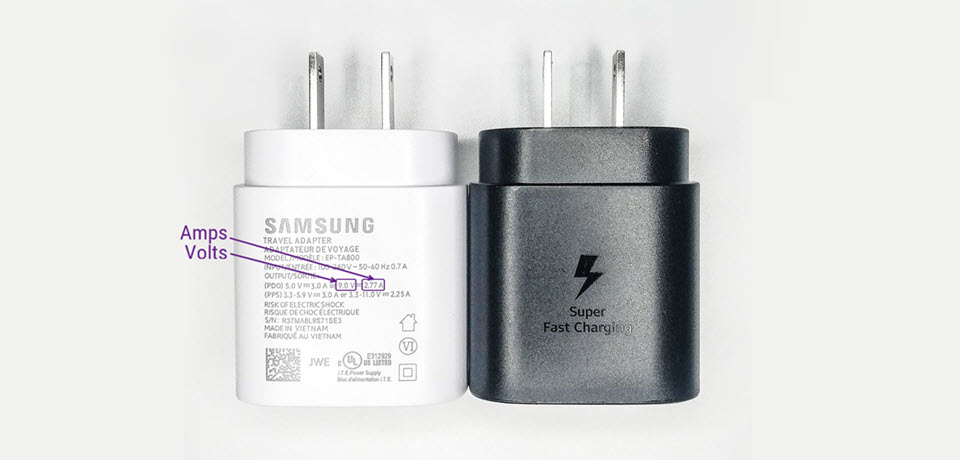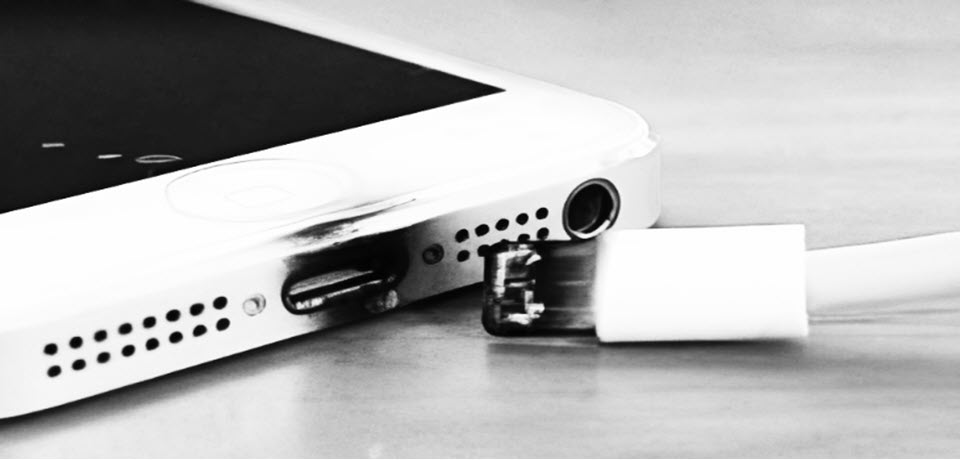- Have you ever found yourself in a situation where your device’s charger was nowhere to be found, and all you had was a different charger with the same voltage but a different amperage rating?
- If you’re like most people, you probably wondered: can I use this charger without damaging my device?
- Today, we will unravel this mystery and learn all about the implications of using a charger with the same voltage but a different amperage rating.
Did You Know? Did You Know that Universal chargers didn’t always exist. Before 2011, each brand and sometimes each phone had its own specific charger. Thanks to the Universal Charging Solution agreement in 2011, most smartphones now use a micro-USB or USB-C connector for charging.
Crossing Currents: Is It Safe to Use Chargers with Different Amperage Ratings?
Contents
1. Understanding Basic Electrical Terms
2. What the Ratings on a Charger mean?
3. Effects of Using a Charger With the Same Voltage but Different Amperage
4. Safety Concerns and Why Manufacturer’s Recommendations Matter
5. Conclusion: The Verdict on Voltage and Amperage
Understanding Basic Electrical Terms

Let’s be honest, we’ve all been there. And if you’re anything like me, you probably didn’t pay much attention in physics class when the teacher was rattling on about volts, amps, and watts. Well, I have some good news: not only are we about to make sense of all these terms together, but we’re also going to answer that hair-pulling question: can I use a charger with the same voltage but different amperage rating?
So, sit back, take a deep breath, and let’s take a fearless dive into the electrifying world of…well, electricity! After all, who wants to risk a smartphone blackout or, worse, the smell of burnt electronics?
Don’t worry, I won’t bore you with a monotone lecture, and there will be no pop quiz at the end. But we’re going to have to get friendly with a few basic terms to crack this enigma: Voltage, Current, and Power.
First up, Voltage (V). Think of Voltage as the pressure that’s pushing electricity from your charger into your beloved device. It’s like the water pressure that forcefully propels water out of your garden hose.
Next on the list is Current (I), measured in amperes or amps, is the rate of flow of this electricity. Just as more water flows through a wider pipe, a larger current indicates more electricity flowing. Your device, being the diva that it is, will only take as many amps as it needs and not a bit more. If your charger can’t provide enough, your device might turn up its nose and refuse to charge properly.
Finally, we have Power (P), measured in watts. This is the result of the voltage’s pushing force and the current’s flow rate. The voltage pushes, the current flows, and together, they generate power – Think of it as the water’s ability to fill up a bucket—the higher the power, the quicker the bucket fills. In the world of chargers, the higher the power, the faster your device will charge.
There, that wasn’t too bad, was it? Now that we’re all electrically literate, we can proceed to the main event without fearing a shock (pun absolutely intended).
What the Ratings on a Charger mean?

So, now that we’re armed with our shiny new understanding of volts, amps, and watts, let’s take a look at those tiny, often-ignored numbers on our chargers.
Think of the Voltage rating as the bouncer at a club. It controls the energy level (or pressure) pushing the electrical current (our party-goers) from the charger to your device. Too high or too low, and it won’t let the current in. This rating needs to be in sync with your device’s voltage requirement or the party’s over before it even begins.
Next, we have the Amperage rating. Picture it as the capacity of the club. It’s the maximum current that the charger can provide – the limit on the number of party-goers it can handle at one time. The amperage rating tells your device, “Hey, buddy, this is all I’ve got. Take what you need.” Your device, like a considerate party-goer, will only take what it can handle, up to this maximum limit.
And yes, if you were wondering, these ratings indeed tie back to that power equation we learned earlier. Multiply the voltage (pressure) by the amperage (flow rate), and you get power (party level)!
So, there you have it! You’re now officially a charger ratings expert. With these info in your arsenal, you are ready to face any charging crisis with confidence. So, let’s tackle that burning question, shall we? Should we charge or not charge with a charger that has the same voltage but different amperage? Let’s find out.
Effects of Using a Charger With the Same Voltage but Different Amperage

Let’s get into the meat and potatoes of this little electricity soirée. Now, we’ve all been there, staring at a different charger, frantically trying to remember the lessons from physics class. Let me simplify the chaos for you.
If the charger you’ve discovered in your time of need has an amperage rating lower than your device’s original charger, it’s like trying to run a marathon with one leg. Your device might charge more slowly, and in some cases, it might not charge at all, especially if it’s on and has more demands than the charger can handle. It’s the equivalent of trying to satisfy a hungry teenager with a single potato chip.
On the other hand, if the charger you’ve found has a higher amperage rating than the original one, it’s like standing under a waterfall with a teacup. The charger can theoretically supply more current, but your device, being the well-behaved gadget it is, will only sip the amount of current it was designed for. The good news? This could mean faster charging times if your device is designed to handle the extra juice. The bad news? If your new-found charger is cheaply made or faulty, it could cause overheating or damage. Yikes!
So, what’s the bottom line? Well, hold your horses (or chargers, as it were) because we’re about to delve into the details of potential safety concerns, why manufacturers’ recommendations matter, and what to consider when replacing a charger. Stay tuned, the plot is about to thicken!
Safety Concerns and Why Manufacturer’s Recommendations Matter

Alright, my tech-savvy friend, it’s time to step into the ominous world of “What Could Go Wrong?” When it comes to chargers, there’s more to consider than just ensuring your device gets its juice.
If your charger’s amperage is lower than required, your device will take much longer to charge. But, if the charger’s amperage is too high, it could risk overheating or damaging your device, especially if it’s of low quality.
“Why should we follow the manufacturer’s recommendations?” I hear you ask. Well, let me put it this way. You wouldn’t wear flip flops to a formal dinner, right? Manufacturers spend time and resources designing a charger that pairs perfectly with your device. Using a different charger may work in a pinch, but continually doing so can be like eating soup with a fork—messy, inefficient, and a bit risky.
Considerations When Replacing a Charger
So, you’ve lost your charger, or maybe your dog decided it was a chew toy. Don’t sweat it; we’ve all been there. When choosing a new charger, here are some things to keep in mind.
First, check the voltage. This needs to match your device’s requirements. It’s like Cinderella’s glass slipper—it needs to be a perfect fit, or you’re in for some trouble.
As for the amperage, a higher rating is generally okay, providing your gadget with the chance to charge quicker if it can handle it. However, a lower rating might not give your device the power it craves, like trying to satisfy a sweet tooth with a single grain of sugar.
Remember to choose a quality charger from a reputable brand. Just because a charger fits your device’s port doesn’t mean it’s a good match. That shiny, cheap knock-off might be tempting, but remember, you often get what you pay for. And when it comes to chargers, quality is more important than you might think. I mean, who wants to play Russian roulette with their beloved electronics, right?
Hold on to your circuits, folks, because we’re about to wrap this electrifying adventure up. We’ll delve into the final verdict, revealing whether you can use a charger with the same voltage but different amperage.
Conclusion: The Verdict on Voltage and Amperage
Well, now it’s time for the moment of truth: the final verdict. Can you use a charger with the same voltage but different amperage?
Drumroll, please…
In the world of volts and amps, matching the voltage is the key. You wouldn’t wear two different-sized shoes, would you? The voltage needs to match up, or your device might just throw a tantrum—or worse, suffer damage.
As for the amperage, well, your device will pull only what it needs. So a charger with a higher amperage can be used, kind of like how a buffet offers more food than you can eat, but you only take what you want. But beware, a charger with a lower amperage might leave your device hungry for more, leading to slower charging times or no charging at all.
But before you start playing mix and match with your chargers, remember this—safety and quality first. Sure, that $5 knock-off charger looks like a sweet deal, but a poor-quality charger can mean poor-quality performance. And no one wants to fry their beloved gadget.
So, there you have it, my tech aficionados. The mystery has been unraveled, the question answered. Yes, you can use a charger with the same voltage but different amperage, but be mindful of the quality and make sure the voltage is a match.
Did You Know?
Did You Know that Chargers continue to draw power even when they’re not connected to a device. This is known as ‘vampire power’, a form of energy waste that can be prevented by unplugging your charger when not in use.
Author: Nik is an experienced author with 14 years in software and tech, holding an IT Engineering degree and a Data Science Master's from Liverpool University. Disclaimer: This website's content is created by humans and refined by AI for better grammar, flow, and clarity.
